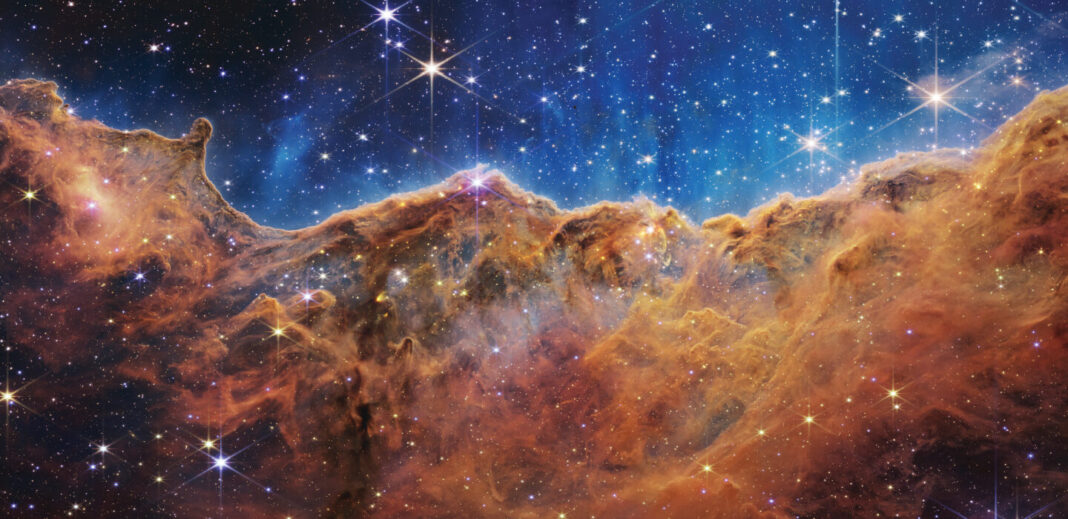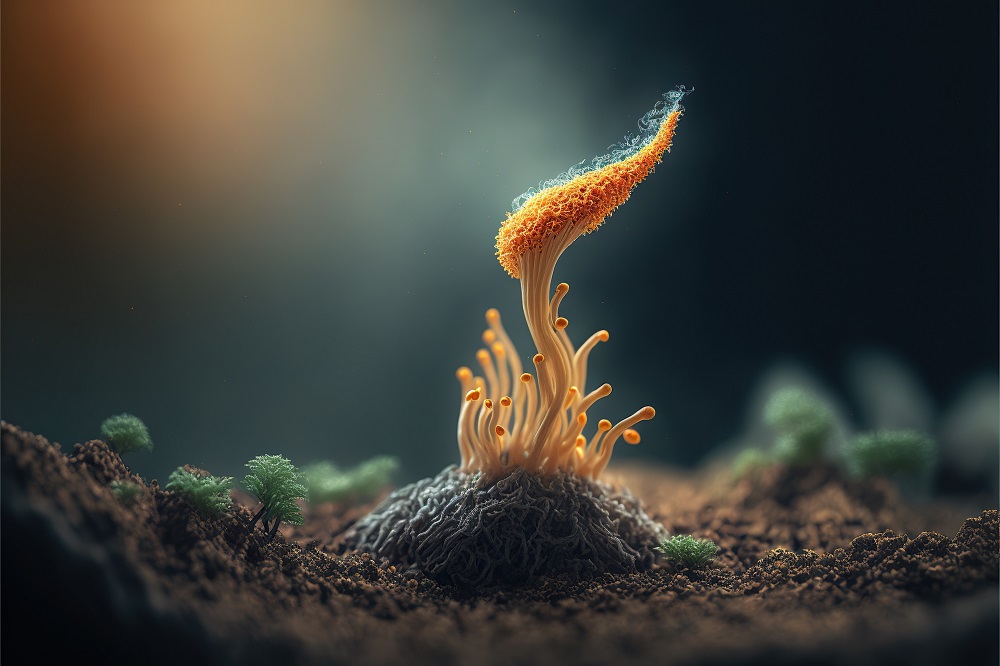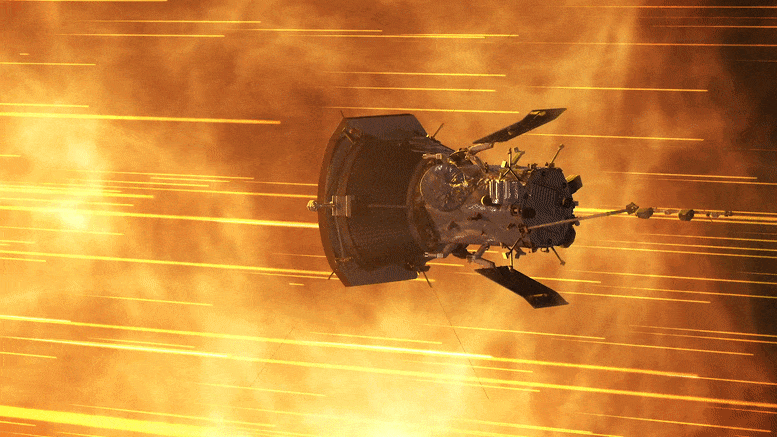The universe’s early stages have always been a subject of fascination, and thanks to NASA’s James Webb Space Telescope (JWST), we now have an unprecedented view of the cosmos. Equipped with a remarkable light-gathering mirror and infrared sensitivity, the JWST is revolutionizing our understanding of galaxies that thrived in the early universe. In particular, the JWST Advanced Deep Extragalactic Survey (JADES) has already begun to unravel the mysteries of the distant past. This blog post explores the groundbreaking findings from JADES, showcasing the presence of hundreds of galaxies in the universe’s infancy and shedding light on the fascinating phenomenon of repeated bursts of star formation.
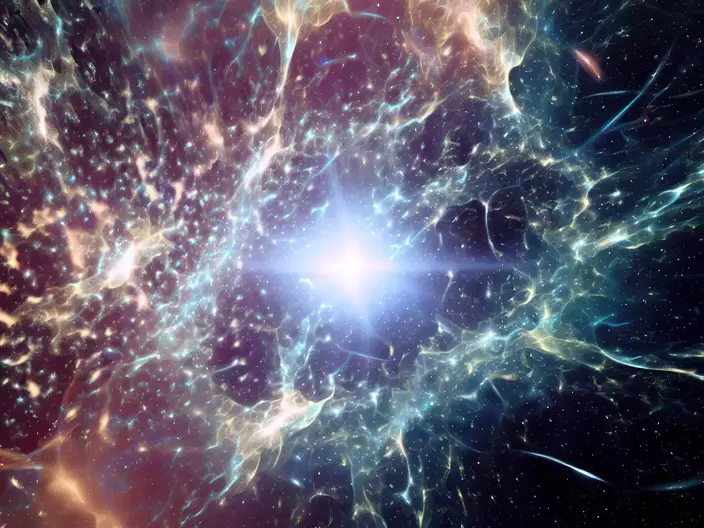
The JWST and its Unparalleled Capabilities
The JWST represents a giant leap in astronomical technology, offering unparalleled capabilities for observing the early universe. Its large mirror and infrared sensitivity enable it to peer deep into space, capturing the faintest and most distant galaxies that existed merely a few hundred million years after the big bang. This extraordinary vantage point allows scientists to study celestial objects and phenomena that were previously beyond our reach.
JADES: Unveiling the Faintest and Most Distant Galaxies
One of the primary missions of the JWST is the JWST Advanced Deep Extragalactic Survey (JADES). This ambitious survey dedicates over a month of the JWST’s observing time to explore the depths of the universe. JADES aims to unravel the secrets of the early universe by studying galaxies that existed when the universe was less than 600 million years old.
Discovering Galaxies in their Infancy
Through the lens of JADES, scientists have uncovered an astounding revelation: hundreds of galaxies that existed during the universe’s infancy. These galaxies formed a mere fraction of cosmic history after the big bang, providing a glimpse into the early stages of galactic evolution. Their existence challenges existing theories and pushes the boundaries of our understanding of the cosmos.
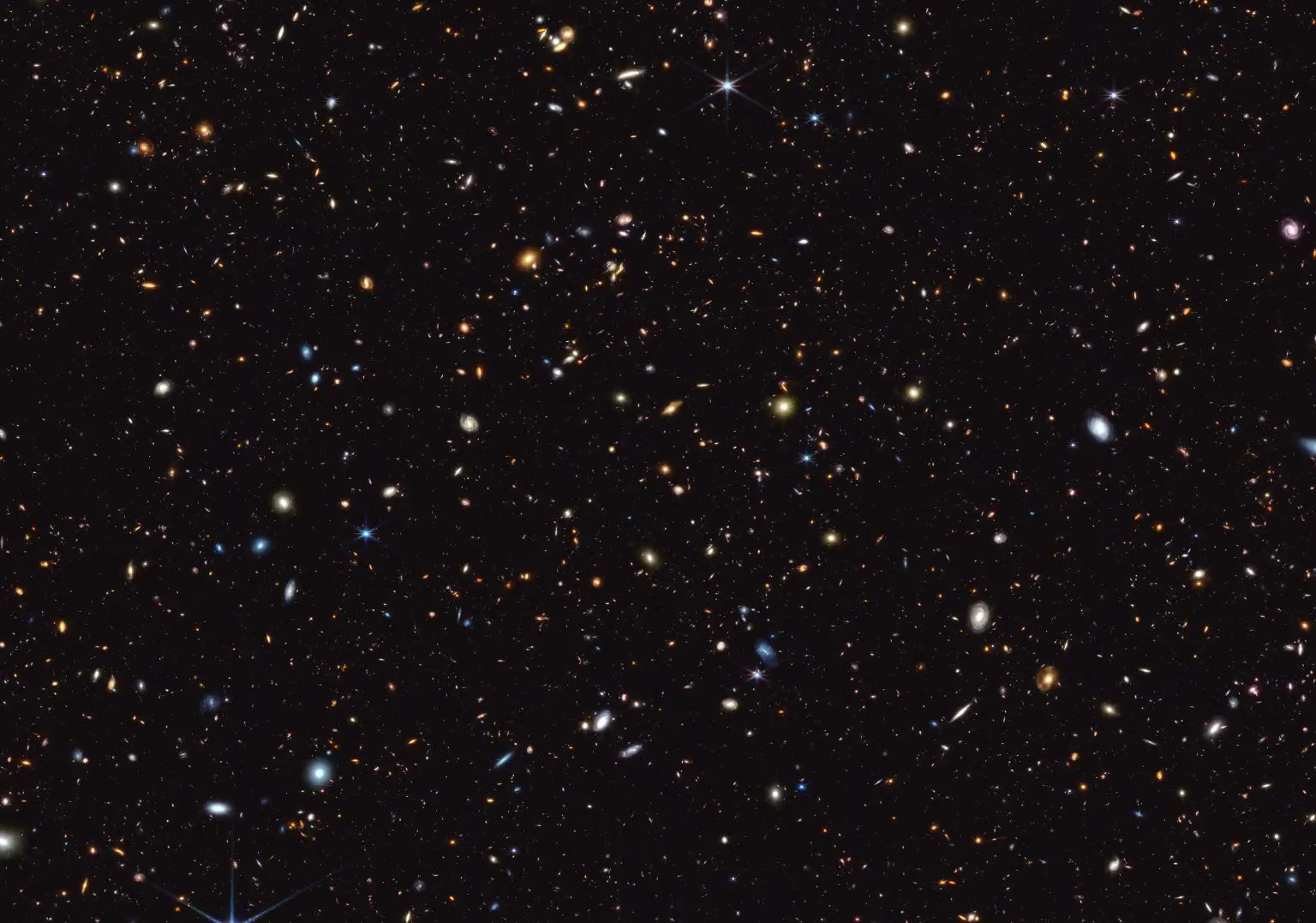
Repeated Bursts of Star Formation
Furthermore, JADES has captured galaxies that have experienced repeated bursts of star formation. This phenomenon sheds light on the dynamic nature of early galaxies and the intricate interplay between various astrophysical processes. These bursts of star formation indicate an environment that is rich in gas and dust, providing the necessary raw materials for the birth of new stars. Understanding the mechanisms behind these bursts is crucial in deciphering the evolution of galaxies over cosmic timescales.
Implications and Future Prospects
The JADES mission’s early findings have ignited excitement within the scientific community and fueled anticipation for further discoveries. As the JWST continues to explore the depths of space, we can anticipate even more remarkable revelations about the early universe and its intriguing celestial inhabitants.
The Webb Space Telescope and its JADES mission have unveiled a captivating realm of the early universe. Through their remarkable capabilities, we have glimpsed galaxies that thrived when the cosmos was in its infancy and witnessed the spectacular phenomenon of repeated bursts of star formation. These groundbreaking discoveries propel us closer to unraveling the mysteries of the universe’s evolution and provide a deeper understanding of our cosmic origins. As the JWST continues its journey, we eagerly anticipate the next chapter in our exploration of the cosmos.
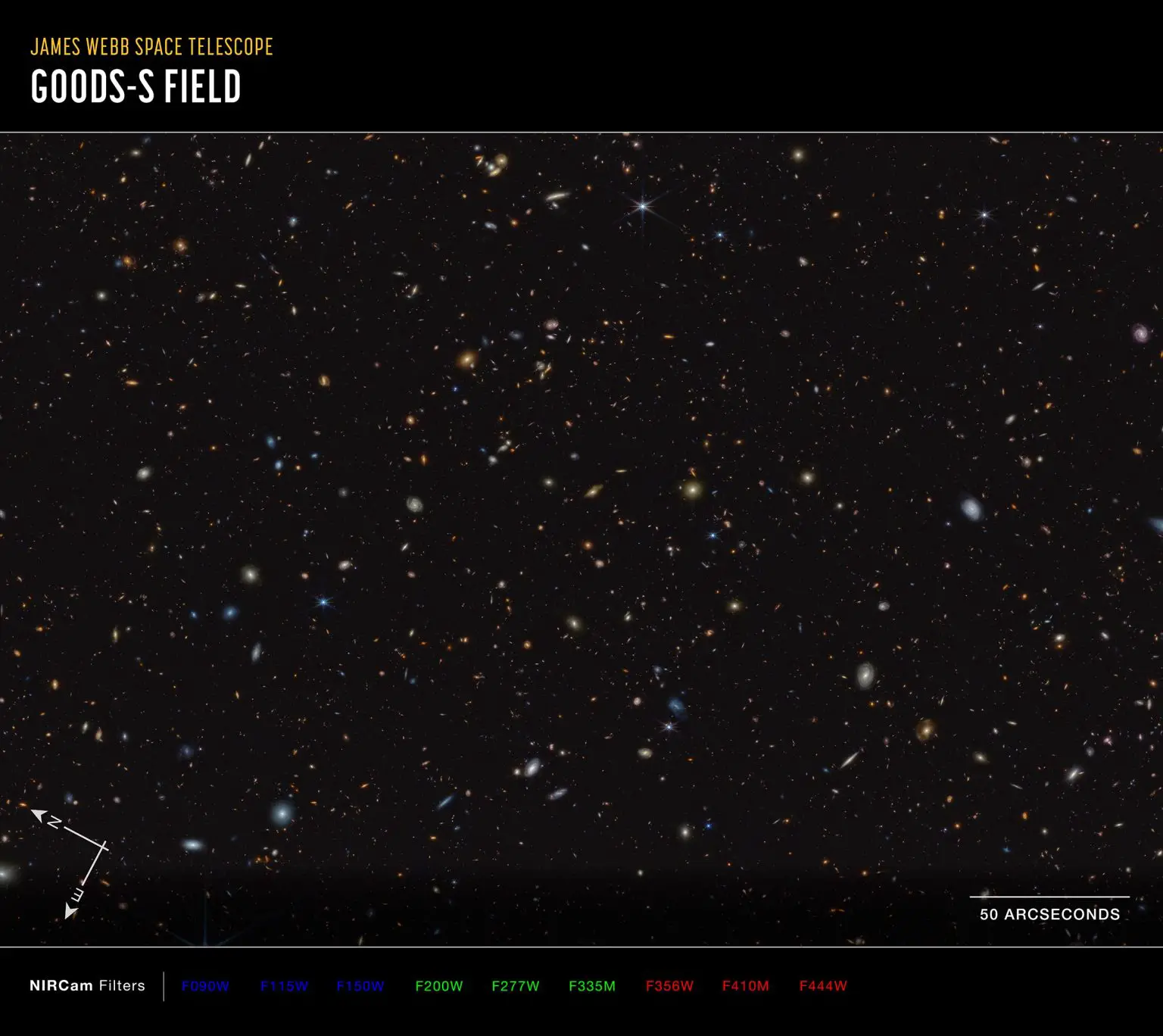
Credit: NASA, ESA, CSA, Brant Robertson (UC Santa Cruz), Ben Johnson (CfA), Sandro Tacchella (Cambridge), Marcia Rieke (University of Arizona), Daniel Eisenstein (CfA), Alyssa Pagan (STScI)
- Where is the James Webb Space Telescope right now?
The James Webb Space Telescope (JWST) is currently located on Earth. As of now, it has not been launched into space. The JWST is undergoing final preparations and testing in preparation for its highly anticipated launch.
- Are James Webb pictures real?
Yes, the pictures captured by the James Webb Space Telescope are indeed real. The JWST is equipped with advanced imaging instruments that enable it to capture stunning and detailed images of celestial objects in space. These images provide valuable insights into the universe and contribute to scientific discoveries.
- What are the new findings of the James Webb Telescope?
As of the time of writing, the James Webb Space Telescope is yet to be launched, and its new findings are yet to be unveiled. However, the scientific community eagerly anticipates groundbreaking discoveries from the JWST. Once operational, the JWST’s advanced capabilities will allow it to study distant galaxies, exoplanets, and various astrophysical phenomena, potentially leading to significant new insights and findings about our universe.
- Who owns the James Webb Telescope?
The James Webb Space Telescope is a joint project led by NASA, the European Space Agency (ESA), and the Canadian Space Agency (CSA). NASA is responsible for the overall management and funding of the project, while ESA and CSA contribute scientific instruments, technical expertise, and financial support. This collaboration highlights the international nature of space exploration and the shared effort to advance our understanding of the cosmos.

